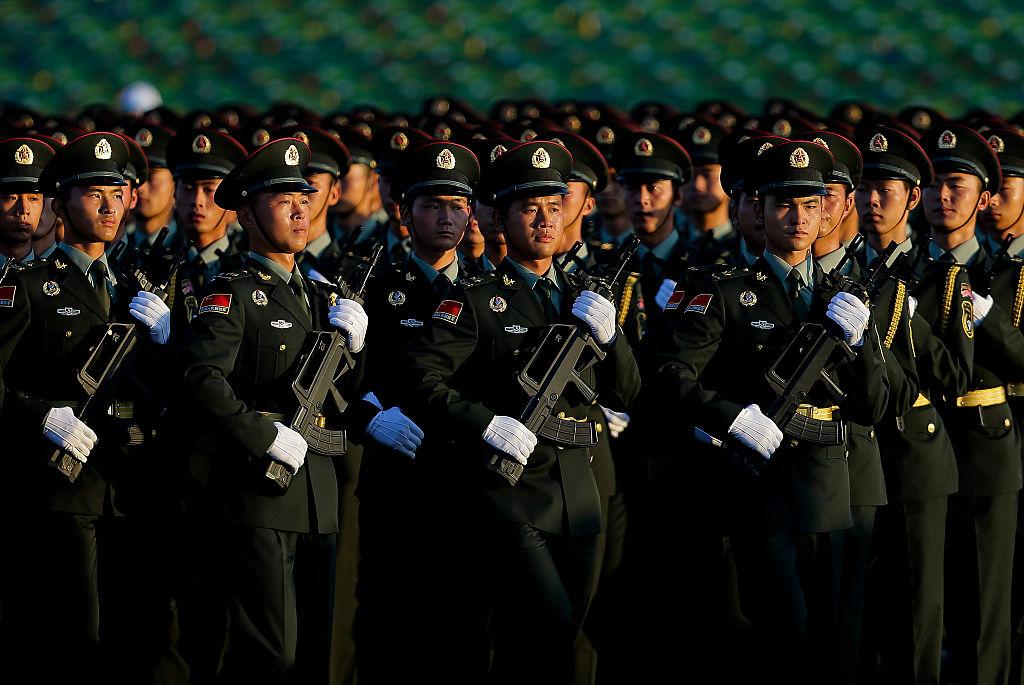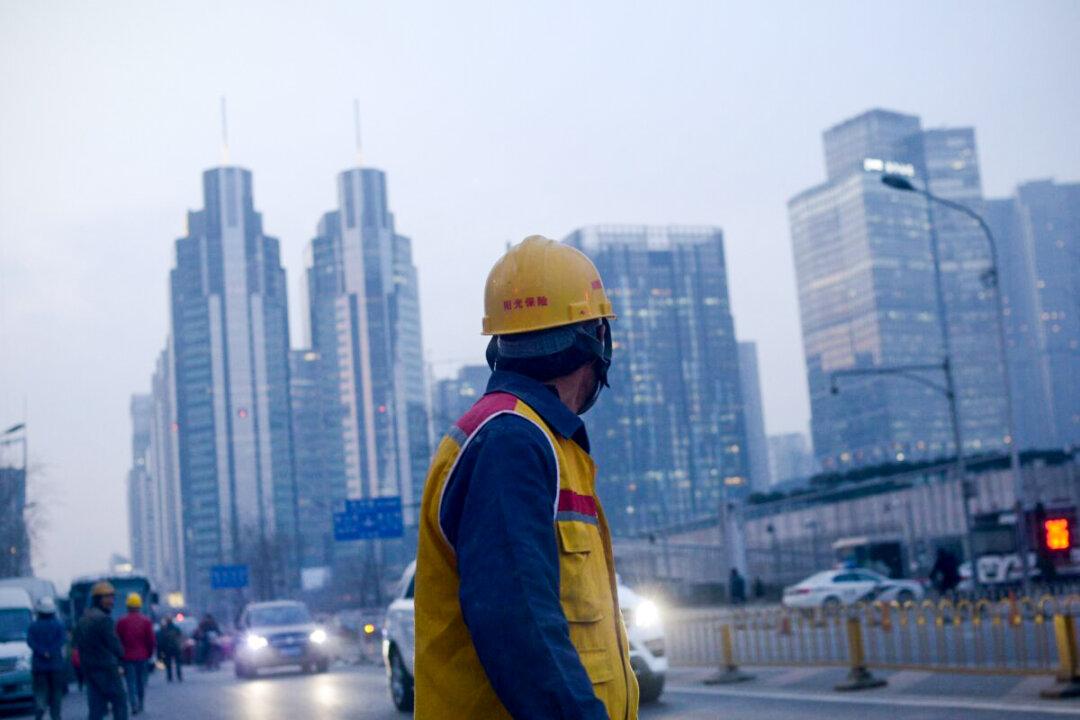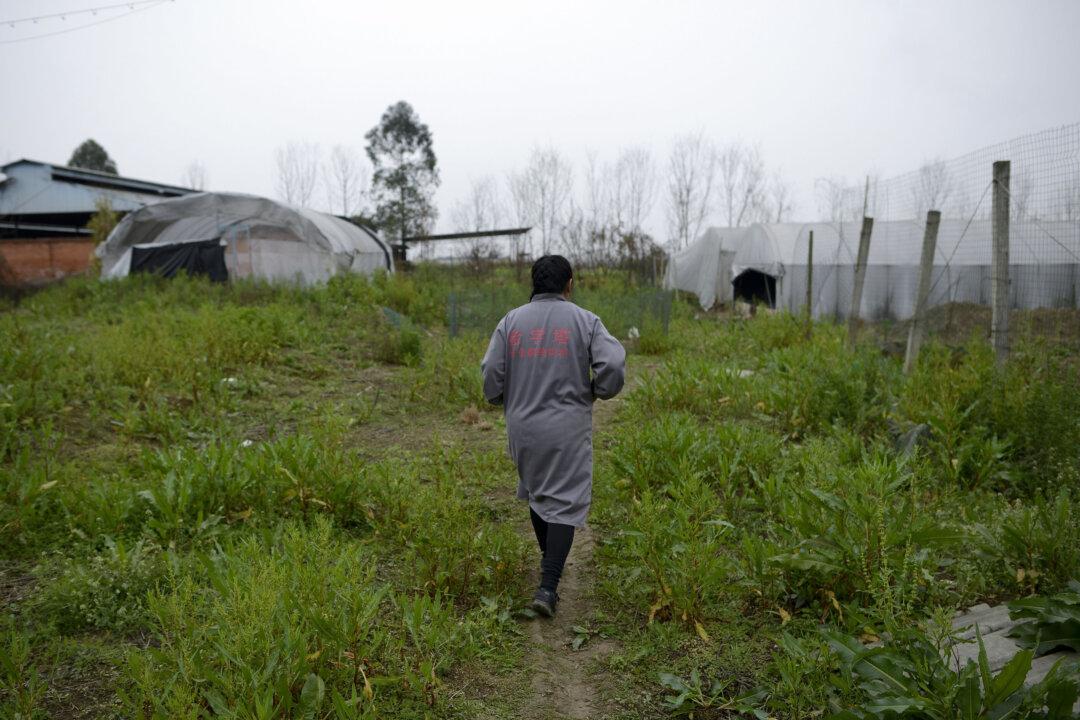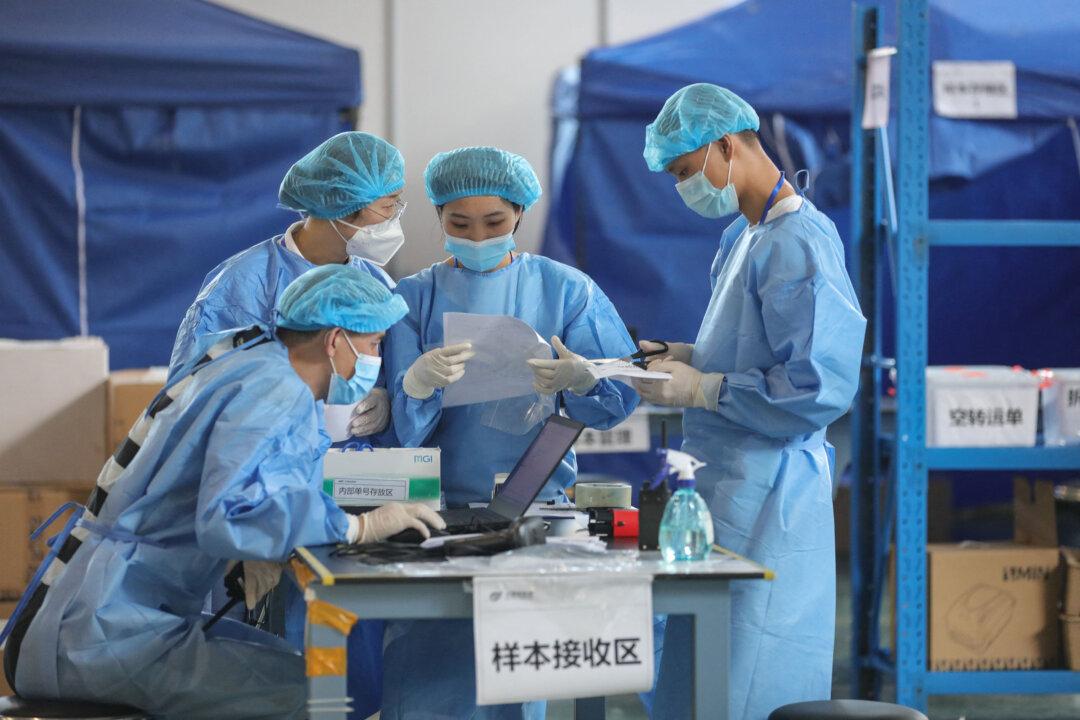China’s People Liberation Army (PLA) has expanded significantly under Chinese leader Xi Jinping, who demands for the Chinese military to be “accelerating toward informatization.” The annual Department of Defense report (pdf) regarding China detailed the PLA’s recent developments.
Xi says that now is a “period of strategic opportunity,” while military officials set the objective of winning “informatized local wars.” The word “informatize” is similar to the word “industrialize,” means that all aspects of warfare must be computerized.





